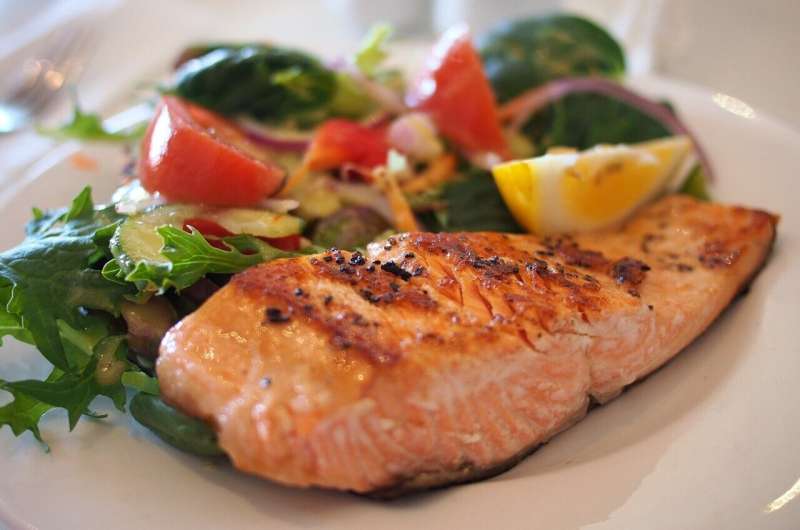Heat Perception Intensifies After Cold Seasons Due to Reduced Heat Tolerance

Many people notice that a day with 80-degree weather feels much hotter in spring compared to late summer. Recent research explains this phenomenon by revealing that our body's tolerance to heat diminishes during cold seasons, but can be regained through specific hot and humid workouts. This study, presented at the 2025 American Physiology Summit in Baltimore, highlights how heat acclimation is influenced by seasonal changes.
The research is part of efforts to improve tolerance to heat stress, which is crucial for military personnel, construction workers, farmers, and others exposed to high temperatures. According to study lead Michael R. Szymanski, Ph.D., heat acclimation studies are fundamental in developing strategies for safety and optimal performance in hot environments.
Typically, these studies involve volunteers exercising in hot, humid conditions for up to two weeks, resulting in adaptive changes like lower core body temperature, reduced heart rate, increased sweating, and improved comfort and endurance during heat exposure.
What's intriguing is that the timing of these acclimation sessions impacts effectiveness. Researchers analyzed data from 42 volunteers tested in early, mid, and late winter in New England. Results showed all participants initially had similar heat tolerance. However, those who underwent acclimation in late winter (February and March) experienced significantly greater improvements in thermoregulatory responses, including body temperature regulation, heart rate, and sweating.
This indicates that our bodies’ ability to adapt to heat diminishes as colder months approach, but the process can be enhanced if heat acclimation is performed later in the winter. As the climate warms, understanding these seasonal variations helps in designing better training protocols and predicting how long heat tolerance persists after natural or induced acclimation. Further research aims to determine the duration of these adaptations.
These findings emphasize the importance of considering seasonal timing in heat acclimation studies and practical applications, especially as climate change increases the frequency and intensity of heat stress events. The ability to optimize heat tolerance can significantly contribute to the safety and performance of individuals working or exercising in hot environments.
Stay Updated with Mia's Feed
Get the latest health & wellness insights delivered straight to your inbox.
Related Articles
Understanding How Leukemia Virus Remains Hidden in the Body—Implications for Future Treatments
New research uncovers how HTLV-1, the virus linked to leukemia, remains hidden in the body through a genetic silencer. This discovery could lead to innovative therapies for retroviral infections like HIV and HTLV-1.
Severe COVID-19 in Children May Elevate Future Cardiovascular Risks
Emerging research suggests that children with severe COVID-19, especially those with MIS-C, may face increased long-term risks of cardiovascular disease due to metabolic disruptions. Learn about the latest findings on pediatric COVID-19 impacts.
AI Technology Aims to Detect Early Voice Box Cancer Through Voice Analysis
Emerging AI research demonstrates the potential to detect early voice box cancer through voice recordings, offering a non-invasive screening method that could revolutionize early diagnosis and improve survival rates.



